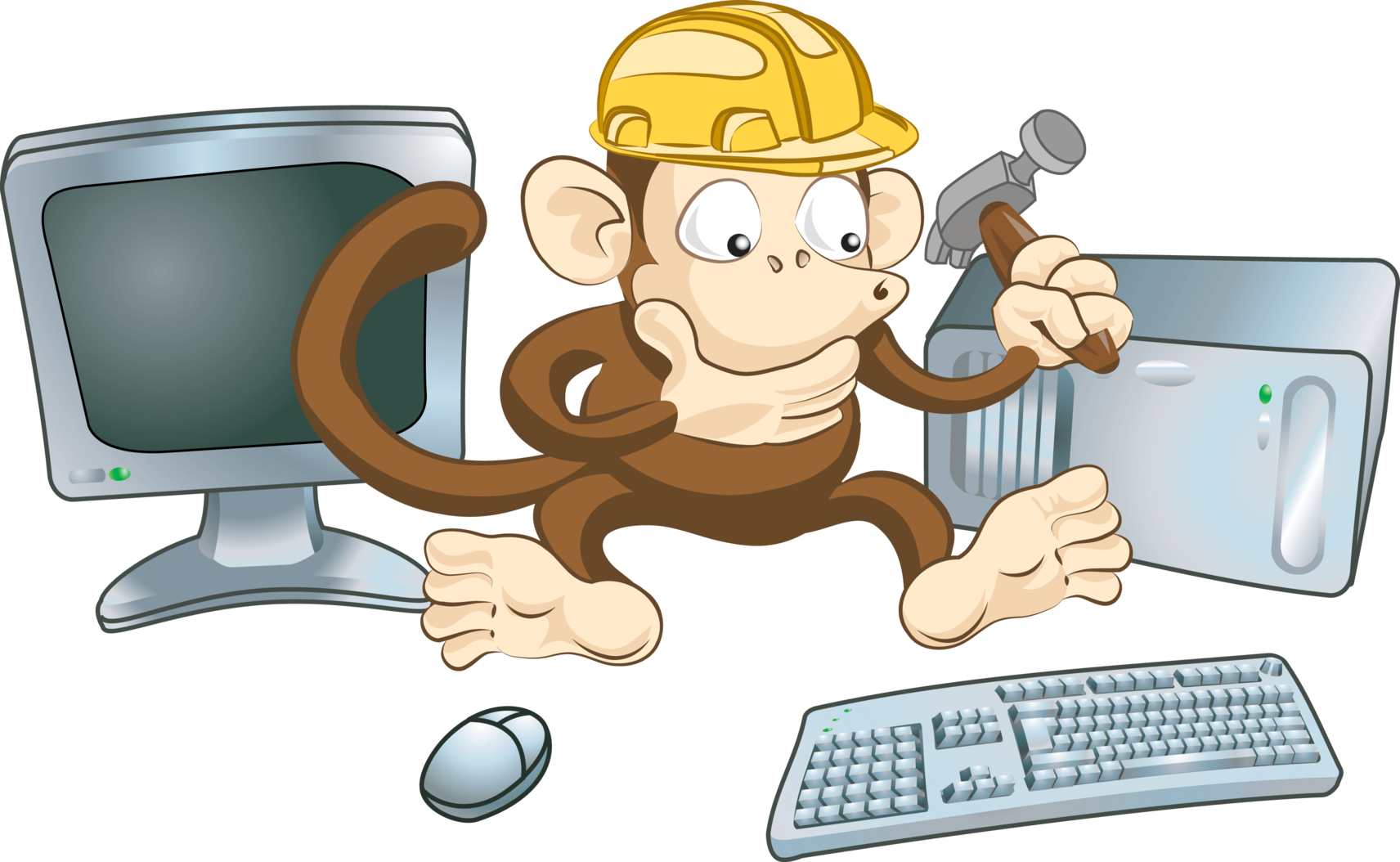Computers have become an essential part of our lives, aiding us in various tasks and keeping us connected to the world. But what happens when our trusty machines encounter issues? Fear not, as this ultimate guide to DIY computer repair is here to help you become a troubleshooting master. Whether it’s a slow-running system or a malfunctioning laptop, we’ll provide you with valuable computer repair tips to get your technology back on track. So, roll up your sleeves and get ready to dive into the world of computer repair mastery!
Identifying Common Computer Issues
In the world of computer repair, it’s essential to be able to identify common issues that can disrupt the smooth functioning of our devices. By recognizing these problems, we can take the necessary steps to troubleshoot and fix them, saving valuable time and money. In this section, we will explore some of the most frequent computer issues and how to spot them.
-
Slow Performance:
One of the most common issues that computer users face is sluggish performance. If your computer takes longer than usual to boot up, launch applications, or respond to your commands, it may be experiencing performance issues. Keep an eye out for programs freezing or crashing frequently. These signs often indicate insufficient memory or a need for software optimization. -
Blue Screen of Death (BSoD):

The infamous Blue Screen of Death is never a welcome sight. When your computer encounters a critical error, it displays a blue screen with an error message and restarts abruptly. BSoD can be caused by various factors, including corrupt system files, faulty hardware, or driver compatibility issues. Pay attention to any unusual error messages, and note the error codes if they appear, as they can help identify the root cause. -
Overheating:
Modern computers generate a significant amount of heat during operation. If your laptop or desktop becomes excessively hot, it can lead to performance problems and hardware damage. Look out for your device feeling unusually hot to the touch or loud fan noises coming from the system. Overheating can be caused by a blocked air vent, a malfunctioning fan, or dust buildup on the internal components.
By being aware of these common computer issues, you will be on your way to becoming a proficient troubleshooter. In the next sections, we will delve further into specific troubleshooting techniques for repairing computer problems, including tips for laptop repair. Stay tuned for more valuable insights into the world of DIY computer repair.
Troubleshooting Techniques
In this section, we will explore some essential troubleshooting techniques that can help you diagnose and resolve common computer issues. Whether you are dealing with a desktop computer or a laptop, these tips will come in handy.
-
Identify the Problem: Before diving into any repairs, it’s crucial to pinpoint the exact issue. Is your computer not turning on? Are you experiencing slow performance? Identifying the problem will guide your troubleshooting process in the right direction.
-
Check Connections: Loose or faulty connections can cause a variety of computer problems. Start by inspecting all cables and connections, ensuring that everything is securely plugged in. Pay close attention to power cables, USB connections, and display cables. Sometimes, a simple reconnection is all it takes to get your computer up and running again.
-
Run Diagnostic Tools: Most operating systems offer built-in diagnostic tools that can help you identify hardware or software issues. These tools can scan your system for errors, detect faulty hardware components, or troubleshoot software conflicts. Running these diagnostics can save you time and effort by providing valuable insights into the underlying problem.
Remember, troubleshooting computer issues can sometimes be a process of elimination. Start with the simplest solutions, such as checking connections, and gradually move towards more advanced techniques if needed. By sharpening your troubleshooting skills, you’ll become more confident in tackling various computer repair tasks.
Stay tuned for the next section, where we will cover essential tips specifically related to laptop repair.
Laptop Repair Tips
-
Start by identifying the problem: When your laptop encounters a problem, the first step is to identify the issue. Is it a software glitch or a hardware malfunction? Assess the symptoms carefully to determine the root cause. Is the laptop not turning on? Is it running slowly or displaying error messages? Identifying the problem accurately is essential for implementing the right solution.
-
Perform basic troubleshooting: Before diving into complex repairs, try some basic troubleshooting techniques. Restart the laptop and check if the issue persists. Update your operating system and drivers to ensure you have the latest versions. Scan for malware or viruses using reliable security software. These simple troubleshooting steps can often resolve common issues without requiring extensive repairs.
-
Seek assistance from online resources: The internet is a treasure trove of knowledge for laptop repair. If the problem is specific, search for solutions on trusted forums, tech support websites, or manufacturer’s documentation. Many experienced users and professionals share their troubleshooting experiences online. You may find step-by-step guides, video tutorials, or solutions to similar issues that can help you fix your laptop problem effectively.
Remember, if you are unsure or uncomfortable performing the repairs yourself, it is always wise to seek support from a professional technician. Attempting complex repairs without proper knowledge may further damage your laptop.